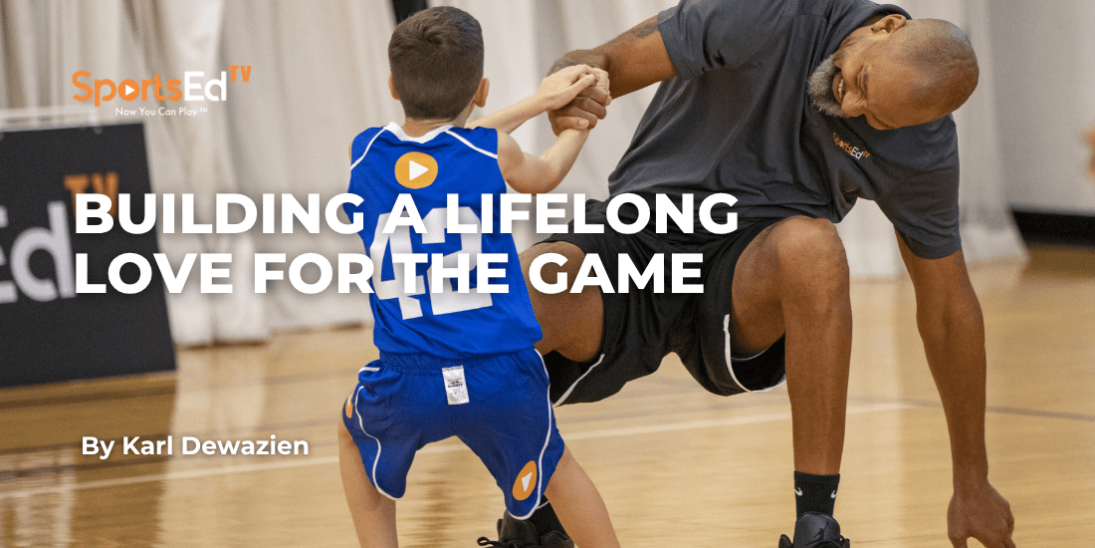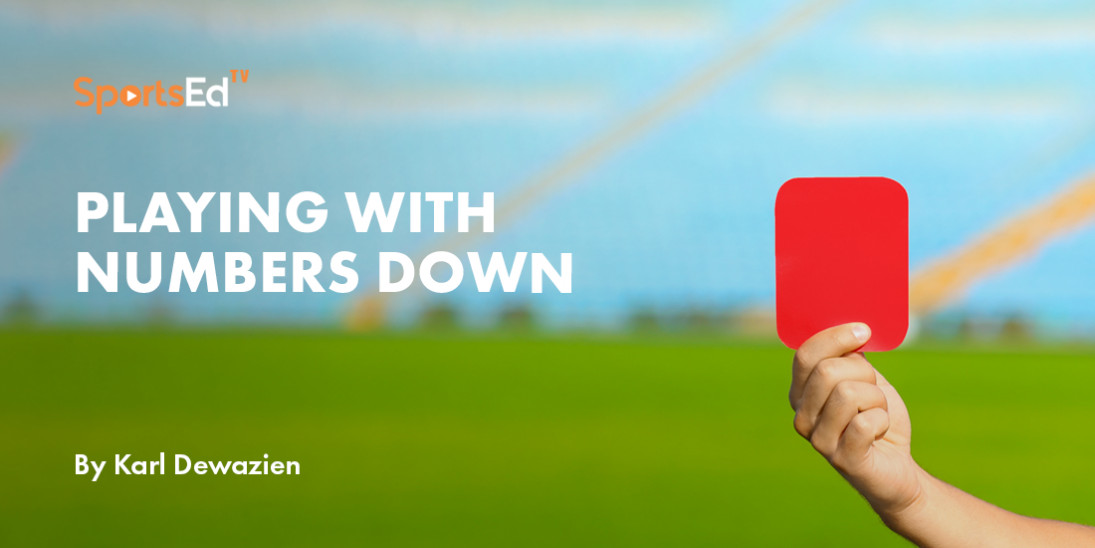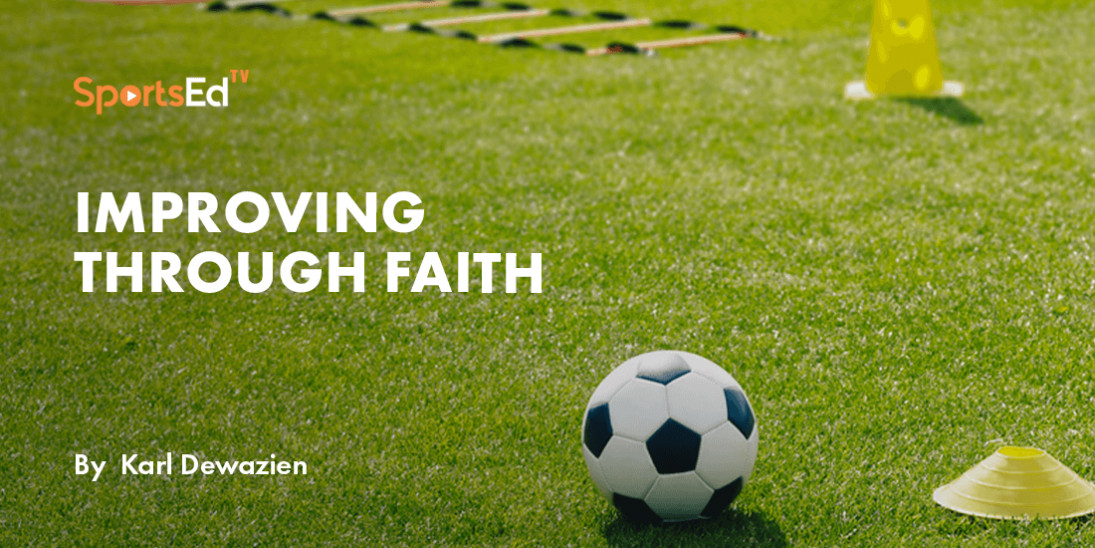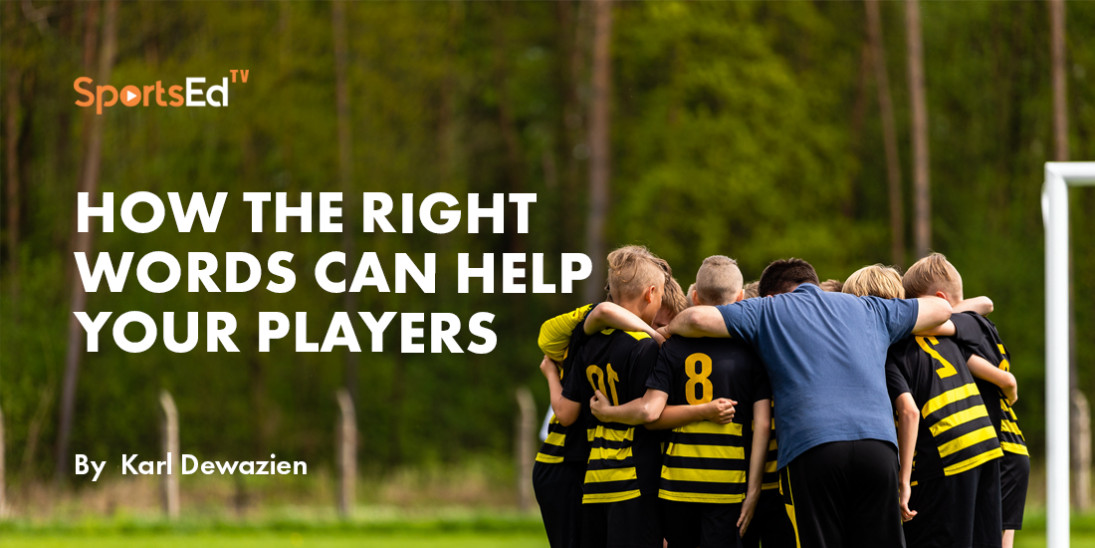Soccer
Welcome and thanks for visiting...

Ignite Your Soccer Players’ Skills This Summer
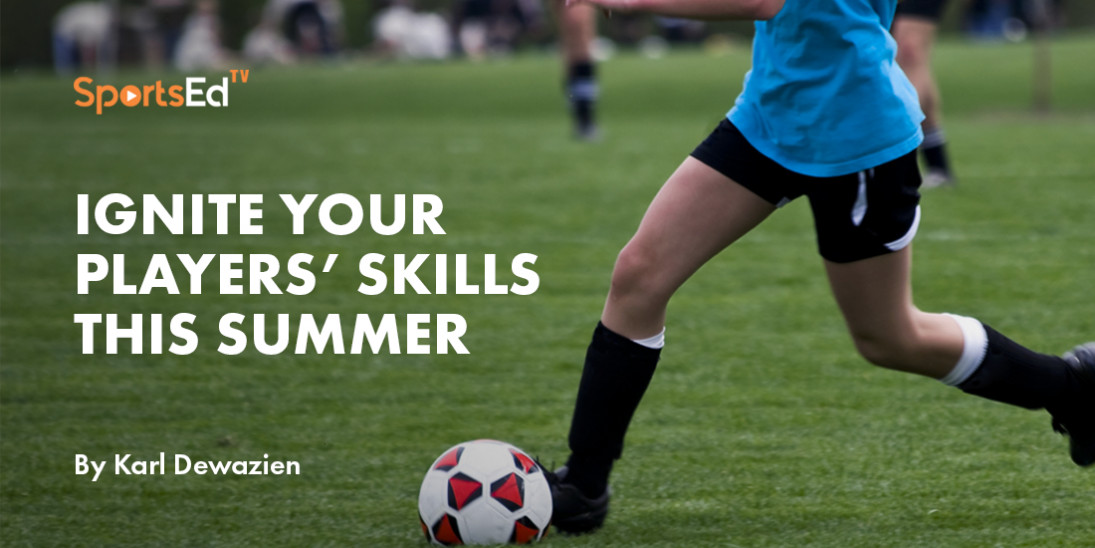
SportsEdTV Soccer is committed to bringing athletes, coaches, and parents pro-level Soccer education videos for FREE. All levels, anywhere, anytime. Check out our full instructional library and sign up to join our Soccer community.
Karl Dewazien of FUNdamental SOCCER, Emeritus State Director of Coaching for the California Youth Soccer Association 1978-2012, discusses how we can ignite our players' skills in this article.
The summer break presents an ideal opportunity to help instill crucial Attacking and Defending habits and elevate your players’ game to new heights.
Soccer has moved away from one-dimensional play, where forwards only focus on scoring, midfielders solely link the play and backs primarily defend. The game has evolved to emphasize a collective team effort. Players now have dual responsibilities, adapting to the game's flow based on ball possession. When our team has the ball, all players become attackers, and when the opposing team has possession, everyone must focus on defending.
The 1 vs. 1 game played during the summer break can help instill these two crucial habits in players: Attacking when they have the ball and Defending when they don’t.

In this game, players have limited options and no time to do anything else. When in possession of the ball, their objective is to score, and without the ball, their focus is on preventing the opponent from scoring. This simplified and focused approach in the 1 vs. 1 game can help develop and reinforce these important habits in players.
To effectively implement 1 vs. 1 play during the summer break, have your players follow these steps:
- Make arrangements with someone to play against, whether it is a parent, teammate, or friend.
- Find an open area, preferably with grass that is safe and free from hazards like holes, sprinklers, or objects that could cause injuries.
- Improvise and use various (objects) such as shoes, shirts, or milk containers filled with water or sand to create their goals. They don’t need cones or official goals for a 1 vs. 1 game.
- Record and keep track of the score for each game and send the results in weekly!
Explanation/Demonstration “Making Small Goals:
- Stand with feet together and hold an object in each outstretched hand.
- Move the right foot as far as possible and place the (object) outside of the right foot.
- Bring the feet back together.
- Move the left foot as far as possible and place the (object) outside of the left foot.
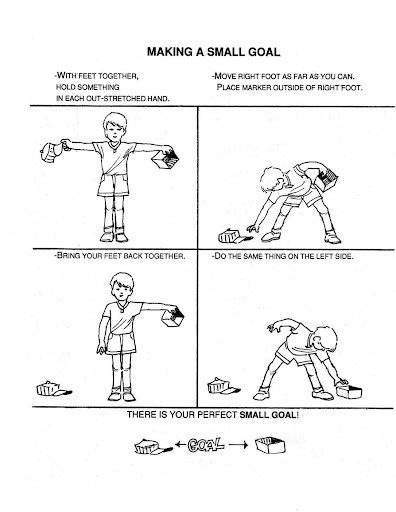
By following these steps, they will have their perfect goals for the 1 vs. 1 game.
Recording Progress:
Provide a ‘1v1 Playing Chart’ to each player, including:
- Date, Location, Starting and Ending Time of each game.
- Opponent
- The number of goals scored by the Player and their Opponent.
- ‘Chart’ to be submitted weekly..!
Encourage Goal Setting:
- Create a separate section on the ‘Chart’ for the player to set short-term and long-term goals.
- Help the players stay motivated and focused on self-improvement.
- Encourage players to jot down their observations, lessons learned, or areas for improvement after each game.
- Have the player periodically review their goals and track progress by updating the ‘Chart’ accordingly.
Team Communication:
- Create a ‘Master ‘1v1 Chart.’
- Send the ‘Master Chart’ weekly to everyone on the team!
Use of a group messaging platform or a dedicated online forum where players can interact, share their experiences, and provide support to each other. This digital platform can serve as a hub for communication and encourage ongoing engagement among team members.
Recognize Achievements:
- Expand the rewards system to acknowledge more than just the weekly and monthly winners.
- Introduce additional categories of recognition, such as “Most Minutes Played," “Best Self Evaluator,” or “Faced Most Number of Opponents.”
- Pre-announce a special “Opening Day” event to honor the players who performed exceptionally well over the summer break. This can serve as an incentive for continued improvement and participation.
Parent Involvement:
- Encourage parents/guardians to provide supportive comments or feedback on the ‘Chart.’
- Consider setting up periodic meetings or discussions where parents can share their observations and discuss their child’s progress.
- Emphasize the importance of their active participation in their child’s progress and suggest ways to support their child’s development, such as playing lots of 1 vs. 1 games with them.
- Very Important Note: The player should touch the ball more frequently than the Adult âº
Major Benefits of Playing 1 vs.1:
- Hones individual skills such as ball handling and defending in a compact and focused setting.
- Provides an excellent opportunity to improve these skills through repetition and decision-making under pressure.
- Enhances players’ ability to read the game, make quick decisions, and improve their overall game intelligence.
- The skills developed in 1 vs. 1 play can directly translate to improved performance in team settings.
FUNdamental SOCCER Conclusion:
Encouraging regular 1 vs. 1 play during this summer break can profoundly impact your players’ development and performance. By honing individual skills, enhancing game intelligence, and fostering a competitive mindset, players will emerge from the break with newfound confidence and a greater ability to contribute to their team. So, encourage your players to embrace the challenge of 1 vs. 1, create a supportive and engaging environment, and watch as they thrive on the field, equipped with the skills and mindset needed for success next season!





